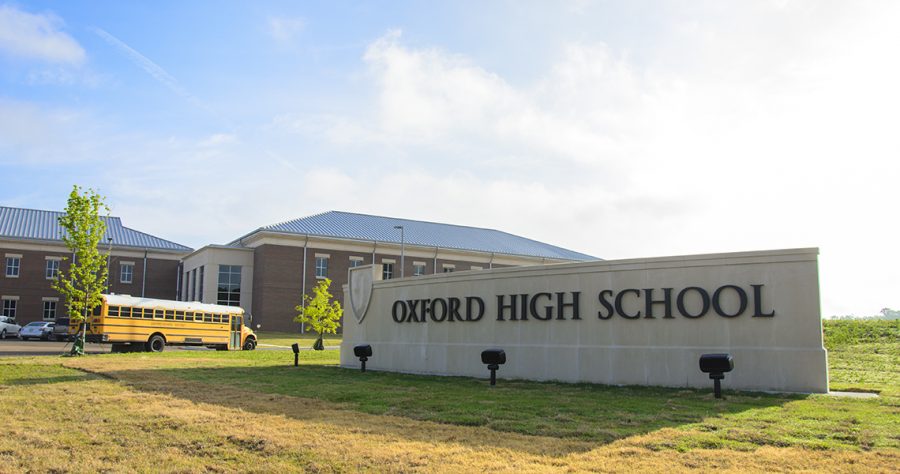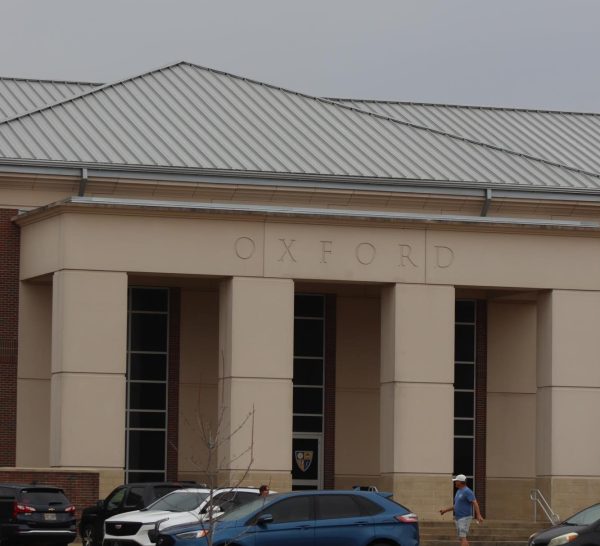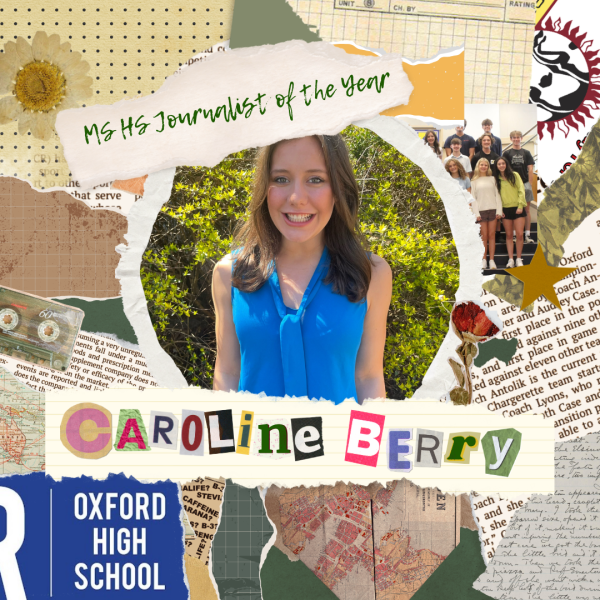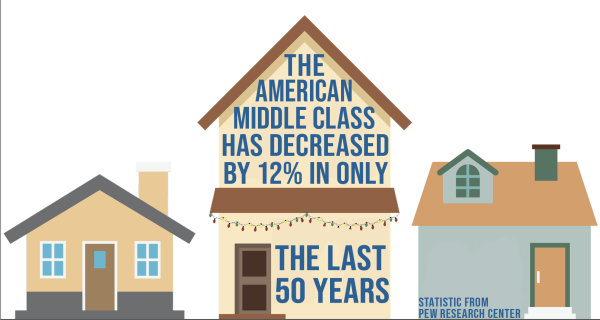District considers opt-in school for low income students
September 29, 2016
The Oxford School District is considering a radical approach to combat the achievement gap in the school district.
According to edglossary.org, the achievement gap refers to the “observed, persistent disparity of educational measures between the performance of groups of students, especially groups defined by socioeconomic status, race/ethnicity and gender.”
“We have long had a problem with the achievement gap,” Superintendent Brian Harvey said. “We have a lot of smart kids and because there is not a private school or other real viable options this creates a gap where we have the people who are high achieving students and then the low achieving students. We have one of the largest gaps in the state.”
For Harvey, minimizing the achievement gap meant inviting Dr. John Hodge, founder of the Urban Learning and Leadership Center (ULLC), to Oxford over the summer to discuss the possibility of creating a separate school for students who qualify for free or reduced lunches in the district.
“It is geared towards those who are in the low economic groups,” Harvey said. “There is a correlation between achievement and poverty.”
In the district, 36% of students are eligible for free lunches and 4.2% are eligible for reduced lunches.
The ULLC believes that they have found an approach that will help close the achievement gap.
According to their website, ULLC participants (schools) exceeded the state pass rate in Virginia by 11-25%. These schools use a SAME approach which stands for Social Interaction and Social Environment, Academic Environment, and Moral Environment. These ideas are defined by the ULLC as “the three essential components of a school.”
One of the schools in Virginia that implemented these policies is An Achievable Dream Middle and High School in Newport, VA. There, students attend 8 hour-a-day classes and attend school for 210 days out of the year. Their curriculum consists of “intensive reading programs, accelerated math courses, and mandatory etiquette classes.”
The Oxford School D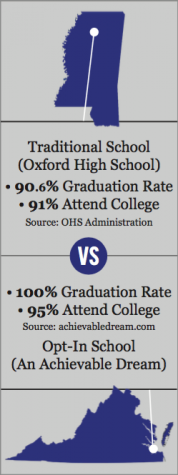 istrict is considering a model that would create an opt in school using similar ideas as An Achievable Dream Schools. This would mean that everyone who qualified for free or reduced lunches would choose to be opted in to the program.
istrict is considering a model that would create an opt in school using similar ideas as An Achievable Dream Schools. This would mean that everyone who qualified for free or reduced lunches would choose to be opted in to the program.
While Harvey believes that this is a viable option to reduce the achievement gap, some criticize this approach seeing it as a form of segregation. “That is a valid concern,” Harvey said regarding these criticisms. “It is a conversation we need to have, and I’m not scared of it. Hopefully they will see what my motivation is. I certainly don’t want to go back to separate but equal. In reality though, this isn’t separate but equal; it may be separate but more.”
For Harvey, race is not the issue; poverty is the issue.
“There is nothing that says that you have to be black to go to this school,” Harvey said. “This is a socioeconomic issue. We have poor white people. We have poor African Americans. It, however, is a little bit touchier in the South because of the history we have. As a superintendent, my job is to get all the kids to learn and give them the best opportunity to succeed whether they are black, white, yellow, or red; it doesn’t matter to me.”
However, according to Professor of Sociology at the University of Mississippi, James Thomas, race must be considered when discussing socioeconomic issues. “Poverty is highly racialized–the rate of poverty among blacks in Oxford is more than doubled that of whites,” Thomas said through email. “The Oxford School District has declared that if such a school is built, it will be an opt-in model. But, given that poverty is disproportionately concentrated among black residents, and given the racial history of Oxford, it’s unlikely poor whites will send their children to a school where the number of black children could constitute a numerical majority. That is, the racial history of this town and this state may lead poor whites to declare ‘I’d rather my kid stay in a school with fewer blacks than with more blacks’. This means that the potential new school would become even less diverse, with even fewer networks, and even fewer opportunities to acquire social capital (resources people gain through their social networks, or relationships with other people).”
The school district is considering many different options besides the ULLC model, and the school board has not voted or made a decision on any of these plans. The district is exploring a variety of options to try to alleviate the achievement gap.
“Before we make any decisions, a group from here will visit Virginia to see ULLC’s program in action,” School Board President, Marion Barksdale said. “We will look at other options as well, and compare outcomes. We have a lot more research to do.”
Harvey does not know when a plan will be made, but he knows that action of some kind must be taken. “I can’t say at this point,” Harvey said regarding a time line of when a program will be implemented. “The important thing is that the discussion is being had. People can like it and dislike it, but the option to do nothing isn’t there.”
*This article can also be found in the September print edition of The Charger.



